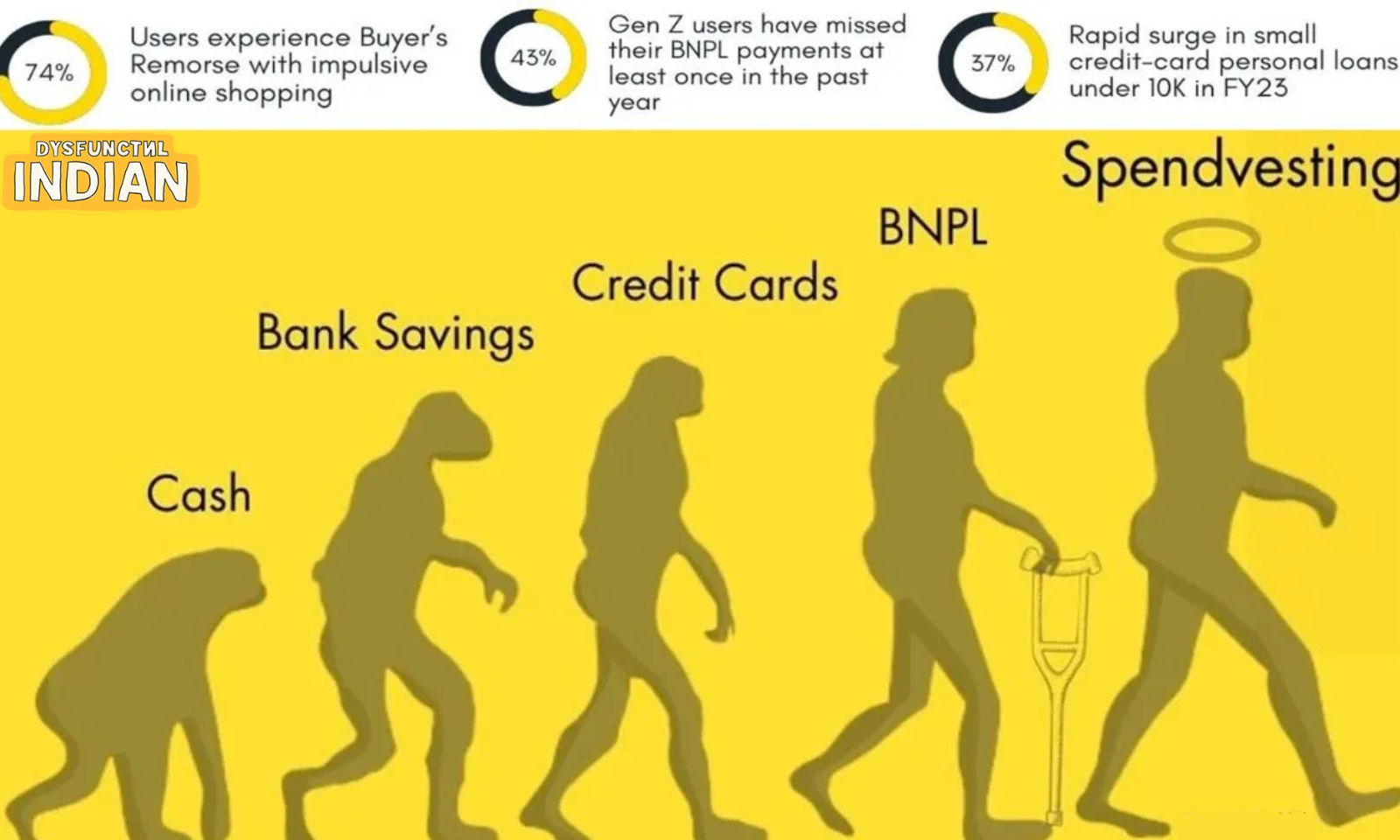Cursive's Quiet Exit in a Typed-Up World
Posted by admin on 2024-11-12 |

Once a cornerstone of education,
cursive writing is now fading into obscurity, replaced by keyboards, touch
screens, and digital tools. While some see this as a natural evolution in a
tech-driven world, others lament the loss of a cultural and artistic tradition.
This shift raises important questions about the value of cursive writing in
modern education and its relevance in a future dominated by technology.
A Brief History of Cursive Writing
Cursive writing, characterized by
its flowing, interconnected letters, emerged in the Middle Ages as a way to
write more quickly and efficiently. By the 19th and 20th centuries, it became a
symbol of literacy and sophistication, taught universally in schools.
India, too, adopted cursive writing
during colonial rule, with students mastering it as part of their English
language education. The elegant loops and curves became synonymous with formal
communication, personal letters, and official documents. However, the advent of
typewriters, and later computers, gradually diminished the need for handwritten
correspondence.
Why Is Cursive Fading?
One of the main reasons for
cursive’s decline is the increasing reliance on technology. According to a
study by the Pew Research Center, 94% of teenagers in the U.S. used the
internet daily as of 2023, reflecting a global trend where typing has largely
replaced handwriting.
Indian classrooms are not immune to
this shift. With the rise of digital learning tools and online assignments,
many schools prioritize keyboard skills over penmanship. The National Council
of Educational Research and Training (NCERT) even revised curricula to focus
more on digital literacy, sidelining traditional handwriting practices.
The Case for Cursive Writing
·
Research
suggests that writing by hand, particularly in cursive, engages the brain in
unique ways. A 2012 study published in Trends in Neuroscience and Education
found that handwriting activates areas of the brain linked to memory, learning,
and motor skills more effectively than typing.
·
Children
who learn cursive often display improved reading comprehension and retention.
For example, when students write notes by hand, they tend to process
information more deeply compared to those typing on laptops.
·
Cursive
writing also carries emotional and cultural significance. Personal letters,
autographs, and handwritten invitations evoke a sense of intimacy and
authenticity that typed text often lacks. Historian Sudha Sharma notes that
many handwritten documents from India’s freedom movement, including Mahatma
Gandhi’s letters, are treasured artifacts precisely because of their personal
nature.
Finding a Middle Ground
While cursive may no longer be a
necessity, completely abandoning it could mean losing a valuable tool for
cognitive development and cultural preservation. Educators worldwide are
exploring balanced approaches. In Finland, schools integrate cursive as a
creative exercise rather than a mandatory skill.
In India, where linguistic diversity
is vast, some schools introduce cursive alongside regional scriptwriting. This
hybrid approach acknowledges the artistic and practical value of cursive while
embracing the future.
As technology continues to dominate
communication, cursive writing is likely to become a niche skill, much like
calligraphy or shorthand. However, its survival may depend on conscious efforts
to preserve it as an art form, rather than a utility.









